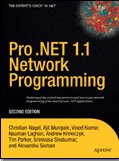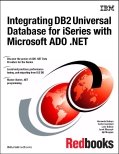Load testing terms and scenarios:
- Software Stress Testing: Determine where the software begins to break down under extreme load.
- Hardware Stress Testing: Similar to software stress testing, this procedure performed to determine where a benchmarked set of hardware starts to break down under extreme load. A company, in this instance, seeks to ensure that their system is robust under normal usage.
- Soak Testing: This is a simulation that often takes place over the course of days or weeks that tests for performance degradation caused by things like slow memory leaks or even something as simple as hardware fatigue or subpar hosting conditions. It focuses on long-term usage.
- Spike Testing: This is performed to determine scalability under a sudden increase in load. The ability of an application to shift gears and go from handling a moderate number of users efficiently, to handling a large number of users adequately is of course very important.
- Configuration Testing: Compared relative performance based on sets of server parameters. If a company is unsure of what hardware and software options are best for their application, they can run a series of tests with the exact same user load, and monitor the relative performance in each scenario.
- Platform Testing: Tests end-user functionality on a broad spectrum of hardware and software. This allows to test software's front end under a wide variety of hardware and software configurations. This helps to determine software's requirements, which can be published as suggested minimum configuration.





